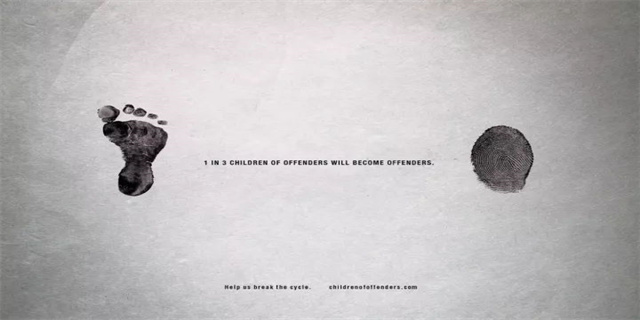摘要:Controversial Content: Examining the Issue of Objectionable Material
Introduction
In the digital age, the accessibility and widespread sharing of content has ra
Controversial Content: Examining the Issue of Objectionable Material
Introduction
In the digital age, the accessibility and widespread sharing of content has raised concerns about objectionable material. This article aims to delve into the issue, examining the different perspectives and potential consequences associated with the dissemination of such content. It is crucial for society to address this matter and strike a balance between freedom of expression and protecting individuals and communities from harm.

The Definition and Debate Surrounding Objectionable Content
When discussing objectionable material, it is essential to define what falls into this category. Objectionable content can encompass a range of materials, including but not limited to explicit violence, hate speech, pornography, or any content that promotes discrimination or harm towards individuals or communities. While there is a general consensus that certain forms of objectionable content should be restricted or banned, the debate lies in deciding where to draw the line.

The Argument for Freedom of Expression
One perspective argues for the preservation of freedom of expression as a fundamental human right. Advocates contend that restricting objectionable content not only limits creative expression but also inhibits open dialogue on critical issues. They argue that individuals should be afforded the freedom to express their opinions and views, even if they are controversial or objectionable to some. Moreover, implementing strict regulations on objectionable material may pave the way for censorship and government control, which can have detrimental implications for democracy and individual liberties.
Furthermore, proponents of freedom of expression highlight the responsibility of individuals in consuming objectionable content. They argue that people have the agency to choose what they view or engage with online. By promoting media literacy and critical thinking skills, individuals can navigate objectionable content and make informed decisions.
The Need for Regulation and Protection
On the other hand, there are compelling arguments for regulating objectionable content to protect individuals and communities from harm. Supporters emphasize the potential psychological, emotional, and social impacts that such content can have, particularly on vulnerable populations, such as children or those struggling with mental health issues. They contend that unregulated exposure to objectionable material can normalize harmful behavior, incite violence, or perpetuate prejudice.
Additionally, advocates for regulation argue that guidelines and restrictions can help maintain a safe digital environment. They propose the implementation of age restrictions, content warnings, and filters to ensure that objectionable material does not reach individuals who may be negatively affected by it. By striking a balance between freedom of expression and responsible regulation, society can promote a healthier online culture while safeguarding individuals from the most harmful forms of objectionable content.
The Role of Internet Platforms and Community Standards
Internet platforms and social media networks play a significant role in moderating and regulating objectionable content. These platforms are faced with the responsibility of establishing community standards that outline what is and isn't permissible in terms of content shared on their platforms. However, defining these guidelines is a complex task, as it requires considering a diverse range of cultural, social, and legal perspectives.
To address this challenge, some platforms involve users in content moderation by implementing systems for reporting and flagging objectionable material. This approach aims to strike a balance between preserving freedom of expression and ensuring user safety. While involving users in content moderation can be beneficial, it also poses challenges, such as potential biases in reporting or the difficulty of distinguishing between objectionable content and legitimate forms of expression.
Conclusion
As technology continues to advance, the issue of objectionable content remains a pertinent one. Striking the right balance between freedom of expression and protecting individuals from harm is a complex task that requires ongoing dialogue, collaboration, and critical examination of the potential consequences associated with objectionable material. By working together, society can foster an online culture that promotes openness, respect, and responsible engagement while safeguarding vulnerable individuals and communities.



